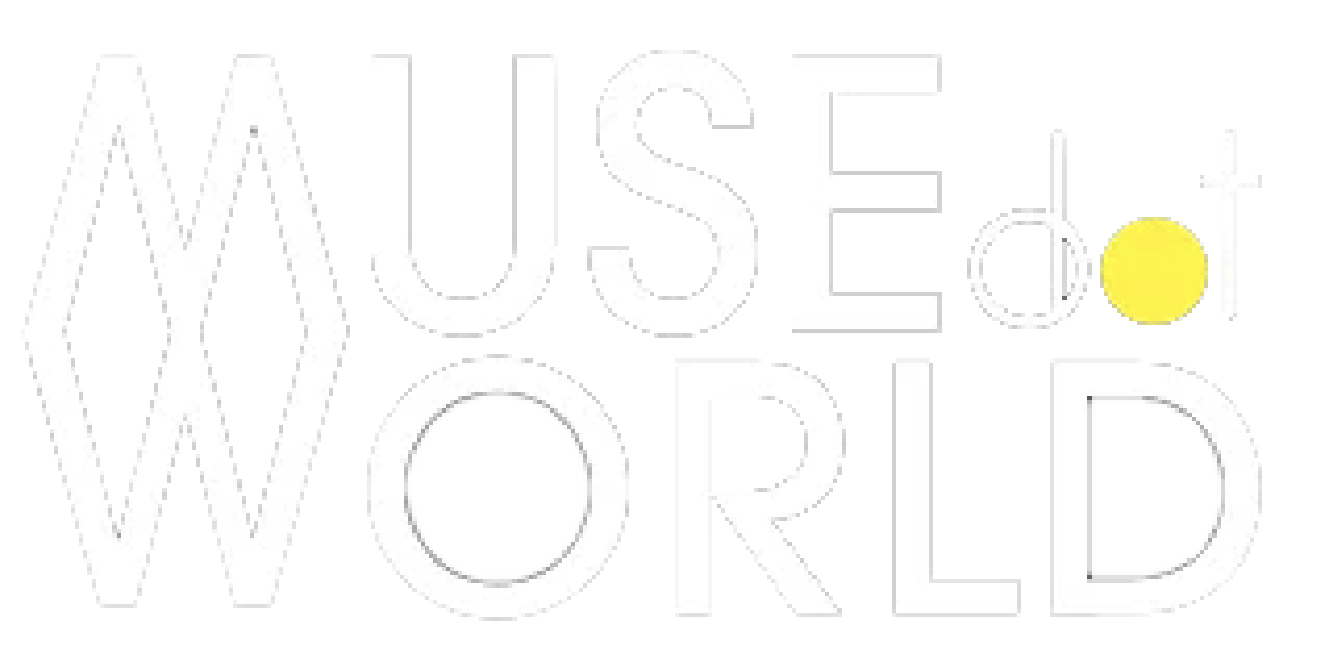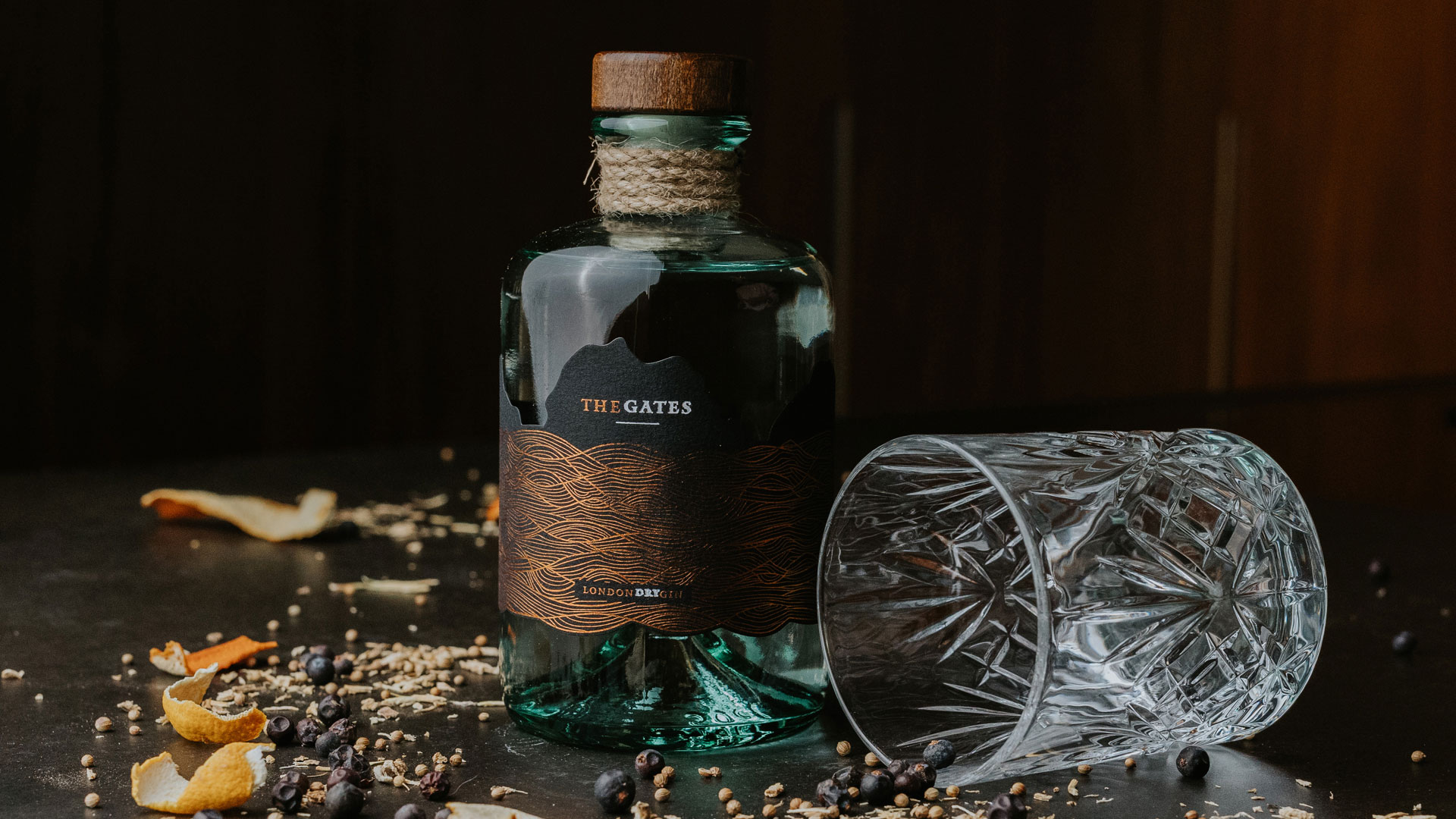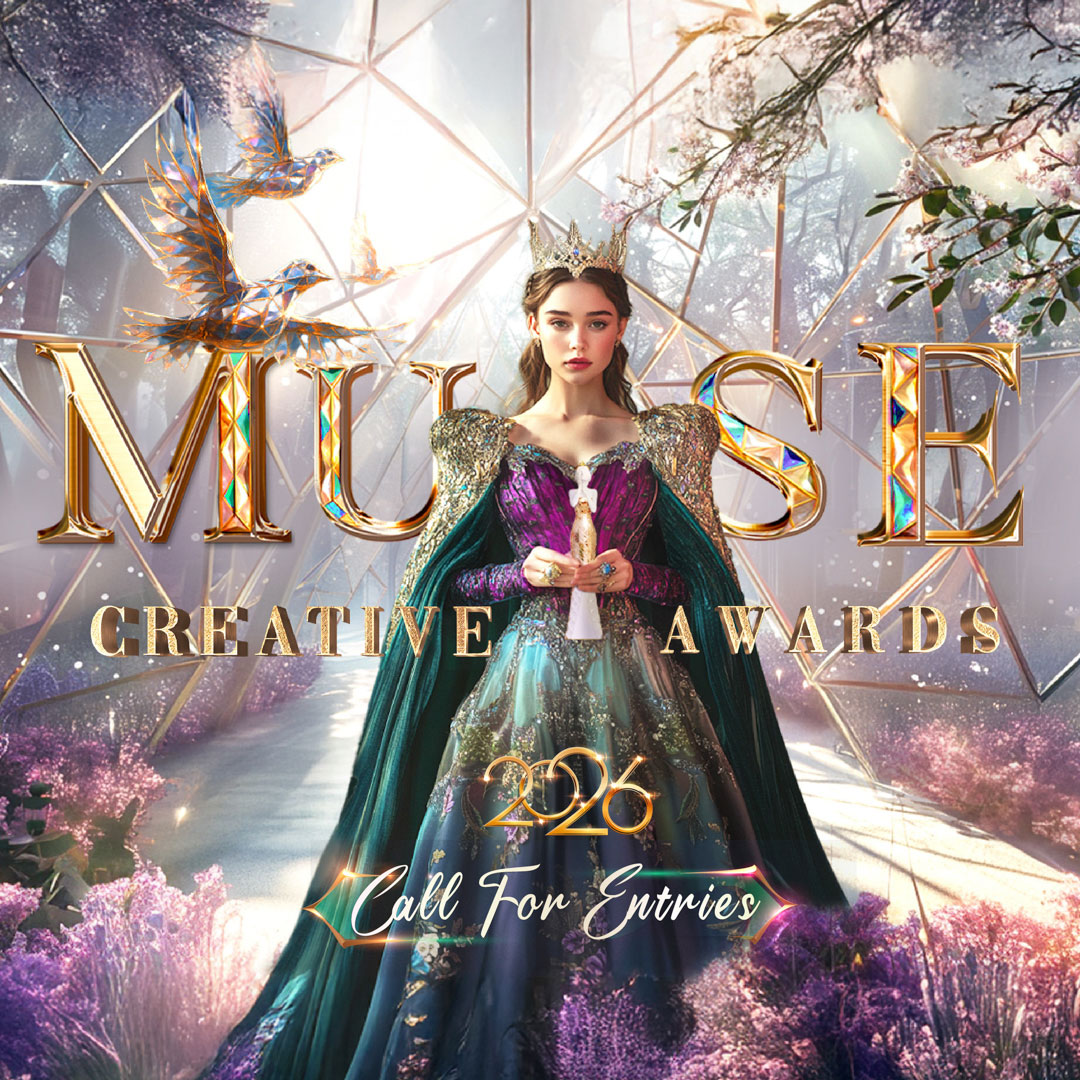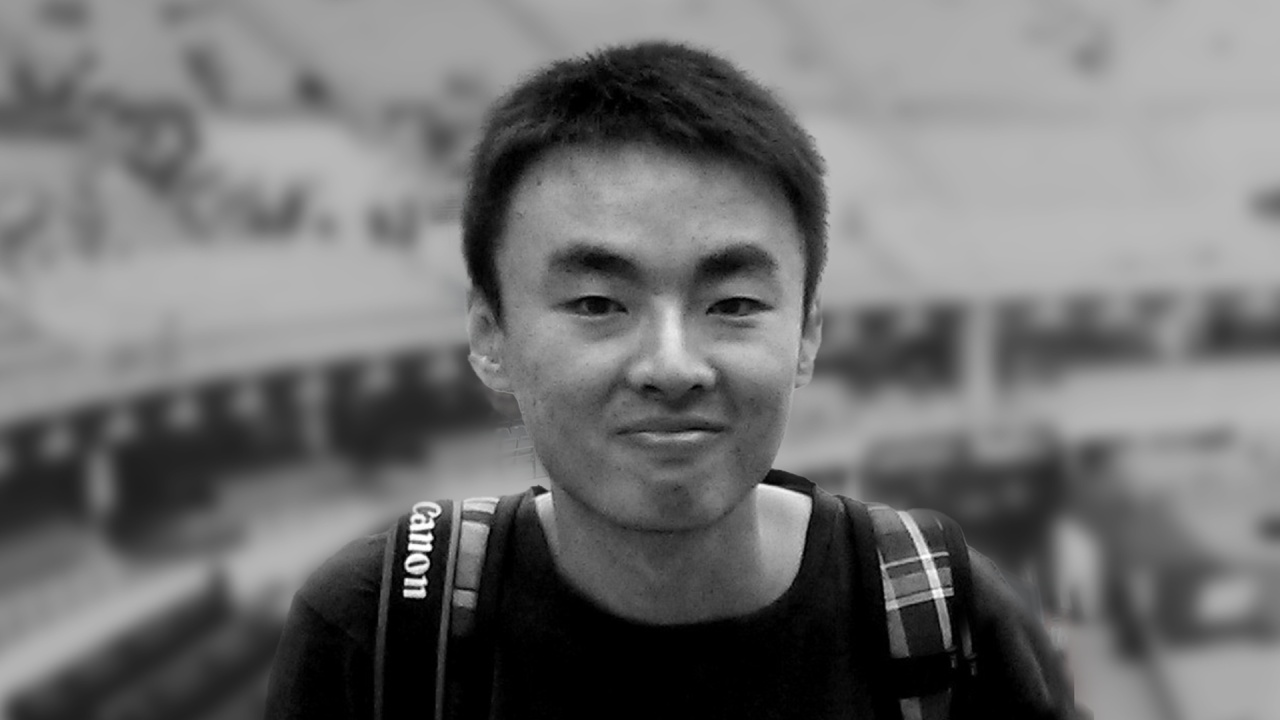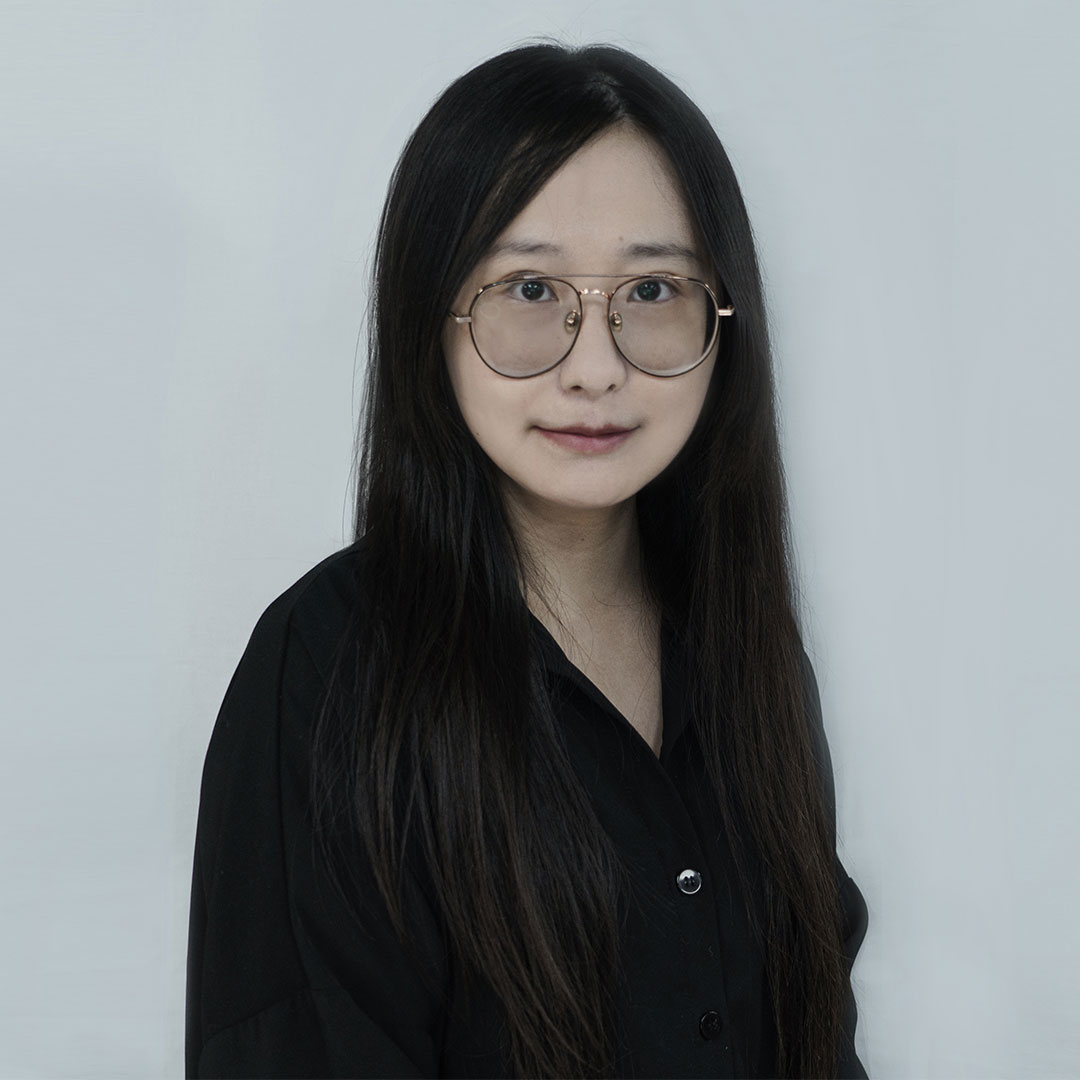A Toast to Rijeka: Veronika Uravić Čolak’s Design for The Gates Gin
Veronika Uravić Čolak
Veronika Uravić Čolak is a professional designer with over 20 years of experience, founder and creative director of Reedesign Studio, an award winning studio recognised internationally for its packaging design. Her passion for creation began early, inspired by watching ideas take shape and come to life through the work of great designers and architects.
Thank you!
My name is Veronika Uravić Čolak, and I’m a professional designer with over 20 years of experience, based in Rijeka, Croatia. I am the founder and creative director of Reedesign Studio, a multi-award-winning studio with several international recognitions in the packaging design category.
Design has always been more than a profession to me – it’s in my DNA. I come from a family of architects, and I grew up surrounded by architectural books, sketches, and the visual language of structure and aesthetics. From an early age, I found myself leafing through the works of great designers and architects, watching projects unfold and come to life. That sense of creating something tangible with your own hands – shaping ideas into reality – deeply inspired me.
What drew me in was the concreteness of this profession. Unlike many abstract fields, design gives you something you can touch, see, and interact with. There’s a unique sense of fulfilment in knowing your work lives out there in the world, solving problems beautifully. For me, that’s what makes design unmatched – it’s both poetic and practical, art and function, imagination and execution.
Being recognised in the Rome Design Awards is both an honour and a powerful affirmation of my work.
This holds a special place in my heart because it signifies that what I create resonates beyond borders — that my design solutions can stand alongside global benchmarks and compete in international markets.
To be acknowledged by a jury of esteemed professionals from around the world is not just encouraging — it’s deeply meaningful, especially for someone coming from a small country like Croatia. It’s a reminder that great ideas and powerful design don’t need to come from large studios or major capitals; they can emerge from anywhere, as long as they are crafted with passion, precision, and purpose.
This kind of recognition gives me renewed energy, a fresh wind in my sails, and a sense of responsibility to continue creating work that connects, communicates, and uplifts.
Design awards always bring increased visibility — both in the media and within the industry — but their true value goes much deeper.
They help build trust. Clients feel reassured knowing they’re collaborating with designers whose work has been recognised on an international level, and that trust naturally extends to the strength of the projects we develop together.
That said, no award or successful project is ever a solo achievement. It’s always the result of strong collaboration — within the team, and with brave, open-minded clients. I’m truly grateful to those who give me the freedom to explore, to question, and to create. Their confidence and mutual understanding are the foundation of everything we build together — and, ultimately, the reason recognition like this even happens.
Awards like the Rome Design Awards open doors — to new collaborations, new recommendations, and new challenges that continue to push us forward.
Experimentation is an essential part of every design project I take on.
I truly enjoy observing how clients, collaborators — and even members of the target audience — respond to different solutions. In many cases, I’ll present both a more “mainstream” option and a more creative, unexpected direction. The journey towards the final product often lies somewhere in between, and that process of discovery is something I deeply value.
For me, design should never be just functional or visually appealing. I always look for that point of interaction between the consumer and the design itself — a layer of storytelling that surprises, delights, or even provokes thought. That’s the essence of branding, after all: creating emotional connection.
Experimenting allows me to explore not only new aesthetics and formats but also new ways of thinking. It keeps the process dynamic and meaningful — and, honestly, it keeps it fun.
Inspiration can come from anywhere — mostly online nowadays — but for me, it often comes from the simplest, most human places.
I find endless creative fuel in conversations with friends, in stories shared over coffee, and in fleeting moments of everyday life. But perhaps the most unexpected — and certainly the most rewarding — source of inspiration is my own children.
Their way of seeing the world is refreshingly honest, practical, and often brilliantly unfiltered. They are like blank canvases — open, curious, and unshaped by conventions. The things they say, the questions they ask, the way they simplify complexity — it’s pure gold for a designer.
I’ve always been drawn to design that tells a story, that has depth behind its simplicity. My children constantly remind me of the power of clarity, playfulness, and authenticity — and those qualities often find their way into my work, sometimes without me even realising it.
I wish more people understood that design isn’t just “making things look pretty.”
It’s not about choosing fonts over morning coffee or picking a nice shade of blue because it “feels right.” Design is a process — thoughtful, strategic, and layered. It’s research, psychology, storytelling, problem-solving, and yes, a touch of magic (but even magic requires planning).
One of the biggest misconceptions is that good design happens fast. In reality, it takes time — time to understand the brand, the audience, the context. It’s not just about delivering visuals; it’s about crafting a message, creating an experience, and building a relationship between the product and the person interacting with it.
Also, design isn’t something you “order” like coffee. It’s a collaboration. It needs input, dialogue, trust — and a bit of letting go. My favourite projects have always come from clients who were brave enough to say: “I trust you — surprise me.”
Design is not decoration — it’s communication with intention. And when done right, it doesn’t just look good… it works beautifully.
When I first started out, I’ll admit — this was one of the hardest lessons to learn.
Balancing client expectations and your own creative vision can feel like walking a tightrope… over a bonfire… in heels. But with time (and quite a few projects under my belt), I’ve learned that it all comes down to experience.
Only an experienced and self-aware designer can create that sweet spot — where your creative integrity stays intact, and the client feels heard, understood, and represented. It’s not about compromise in the negative sense, but about alignment. It’s about turning “client input” into insight and “creative vision” into a solution that works — strategically, functionally, and aesthetically.
At the end of the day, a successful brand is not just one that looks good or makes us proud as designers. It’s one that works — for the client, for the audience, and yes, for our own creative soul.
One of the biggest challenges was not the idea itself — but how to technically bring that idea to life.
Once the concept was locked in (with full support from a wonderfully open-minded client), the real puzzle began: finding the right bottle, selecting materials for the label, and developing a print approach that would preserve both visual impact and readability.
The concept demanded a lot — a double-sided label (no-label look), structured cardboard, and foil printing in two colours. Each of those elements brought its own technical hurdles, and combining them all into one seamless final product was no small feat.
But thanks to a strong partnership with our collaborators at Etikgraf (Croatia), and a whole lot of communication, testing, and shared determination, we found smart, functional solutions without compromising the original vision.
This project was a perfect reminder that great design doesn’t happen in a vacuum. It takes trust, teamwork, and deep respect among all parties involved. Without that, this result — and this recognition — simply wouldn’t have been possible.
For me, nothing recharges creativity quite like laughter and good company.
Conversations with friends — the kind that spark ideas, or just make you laugh until you forget what day it is — are often more powerful than any design manual. They remind me that creativity thrives in connection, not isolation.
That said, I also believe in the power of stepping away. Sometimes the best way to move forward is to walk away from the screen, let things breathe, and come back with fresh eyes. That pause often reveals mistakes or missed opportunities I couldn’t see before.
There are moments when finding the “perfect” solution feels nearly impossible — especially when trying to meet the needs of multiple collaborators. But I always remind myself (and my team) that the process itself needs time. The right idea is often closer than we think — it just needs space, patience, and a bit of perspective to become visible.
Creativity isn’t a switch you flip — it’s a rhythm you learn to respect.
The most important value I bring into every project is simple: hard work.
I grew up surrounded by engineers and architects, and one lesson was deeply ingrained in me from an early age — 1% talent, 99% effort. It’s not glamorous, but it’s powerful. That mindset has carried me through every challenge in my career, and it’s something I bring into every collaboration.
In the creative industry, consistency matters more than inspiration. The more you work, the sharper your instincts become. What some call “talent” is often just experience in disguise — built over time, through countless decisions, lessons, and yes, a few mistakes along the way.
I’ve also learned that not every collaboration is meant to work. Just as not every designer is the right fit for every project, not every project brings out the best in every designer — and that’s okay. Knowing when to walk away is just as important as knowing when to commit fully.
At the core of all my designs is that same belief: that dedication, humility, and resilience will always outperform raw potential. And that every great outcome is the result of showing up — again and again — with your hands, heart, and expertise.
I’ve learned that what truly separates people in this industry isn’t talent — it’s persistence.
Mistakes are part of the process. No one creates without stumbling along the way. The ones who succeed aren’t necessarily the smartest or the most gifted — they’re simply the ones who keep going, even when things get tough. Especially when things get tough.
My biggest advice? Don’t take everything too seriously.
I wish someone had told me that earlier in my career. Coming from a generation that was raised with a more rigid sense of professionalism, I carried a weight that wasn’t always necessary. Over time, I learned that setbacks, criticism, and slow periods are not signs of failure — they’re part of the creative rhythm. Learn from them, move on, and protect your passion.
Interestingly, I see younger generations handling this with more ease. They’re more confident, more emotionally aware, and more fearless in expressing themselves. I think that will serve them well — especially in the creative world, where resilience and authenticity often matter more than perfection.
So my advice is simple: work hard, be kind, stay curious — and never underestimate the power of simply not giving up.
There are so many incredible creatives — both local and international — whose work I deeply admire and follow for daily inspiration.
From conceptual pioneers like Stefan Sagmeister to the brilliant minds behind Pentagram, I’m constantly energised by those who push creative boundaries and challenge the expected.
But if I could truly choose, I would gravitate towards those whose creativity transcends disciplines — individuals who didn’t just design objects, but shaped entire environments and ways of living. Growing up immersed in architecture, I’ve always been fascinated by visionaries who could move seamlessly between architecture, interiors, ornamentation, and structural storytelling.
Masters of their craft, like Antoni Gaudí, Frank Lloyd Wright, or the architectural team at Zaha Hadid Architects, have always felt almost otherworldly to me — able to blend art, function, and narrative into something both iconic and deeply human. Collaborating with minds like theirs would be like stepping into a different frequency of creativity — one where every line carries meaning, and every detail tells a story.
Their ability to shape spaces and emotions is something I will always admire — and aspire to echo in my own way, through every project I touch.
The one question I wish people asked more often is: “How much time do you really need?”
It may sound simple, but it almost never comes up — because deadlines are usually already set, and time is always short. Too often, designers are the last stop in the process — brought in when everything else is done and it’s time to “just quickly wrap it up with design.”
This creates a huge misconception about what our work actually entails. Design is not an afterthought. It’s a living, evolving process — a response to context, culture, and timing. It requires space to breathe, adapt, and explore.
And with the rise of AI and ever-faster tools, I fear that the illusion of speed will grow even stronger. But great design doesn’t come from rushing. It comes from thinking, refining, testing, and emotionally connecting with both the problem and the solution.
The kind of work that gets recognised at an international level — like the Rome Design Awards — is never a product of shortcuts. It’s a product of time, care, and collaboration. And I believe we should protect that time more fiercely than ever.
Winning Entry
ADVERTISEMENT
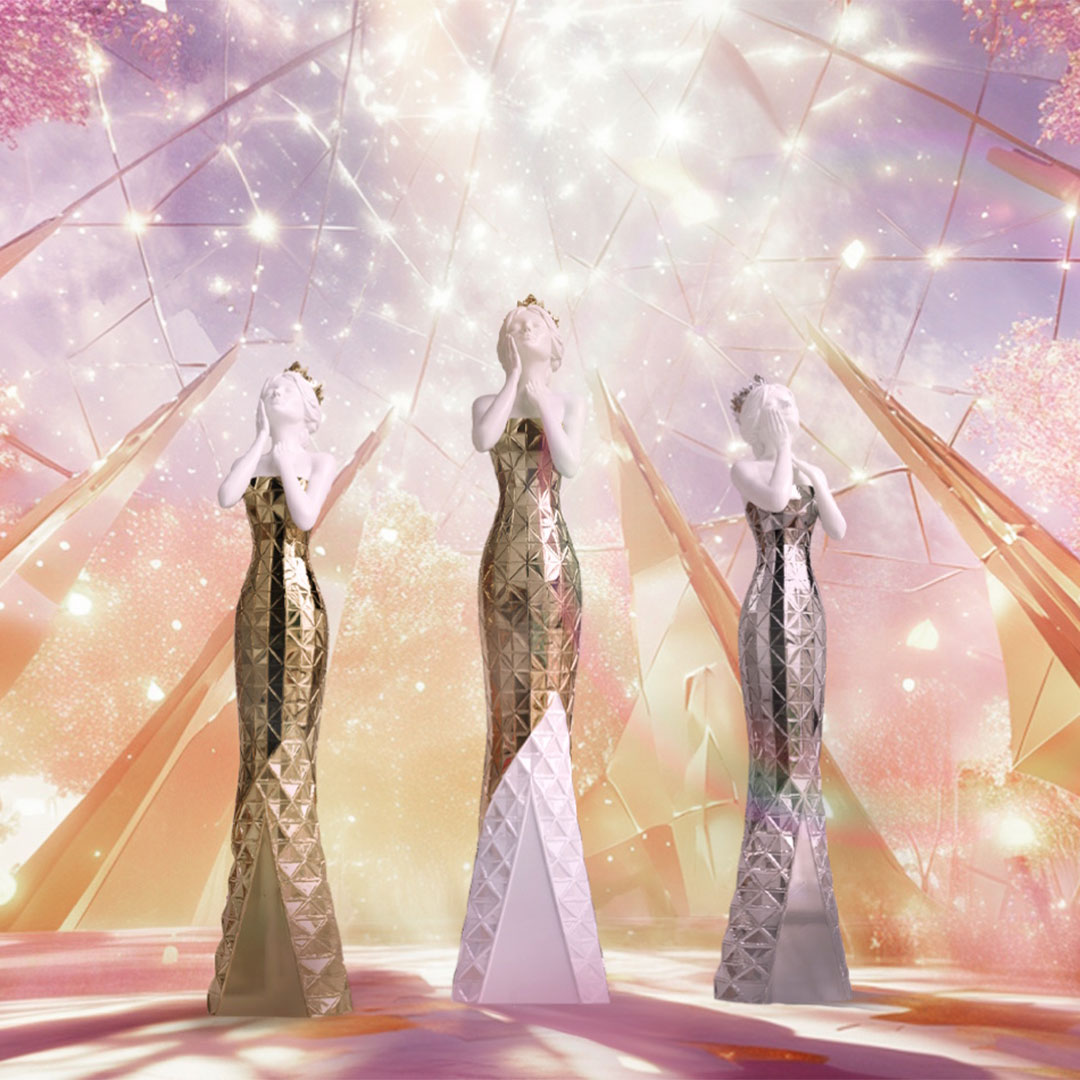
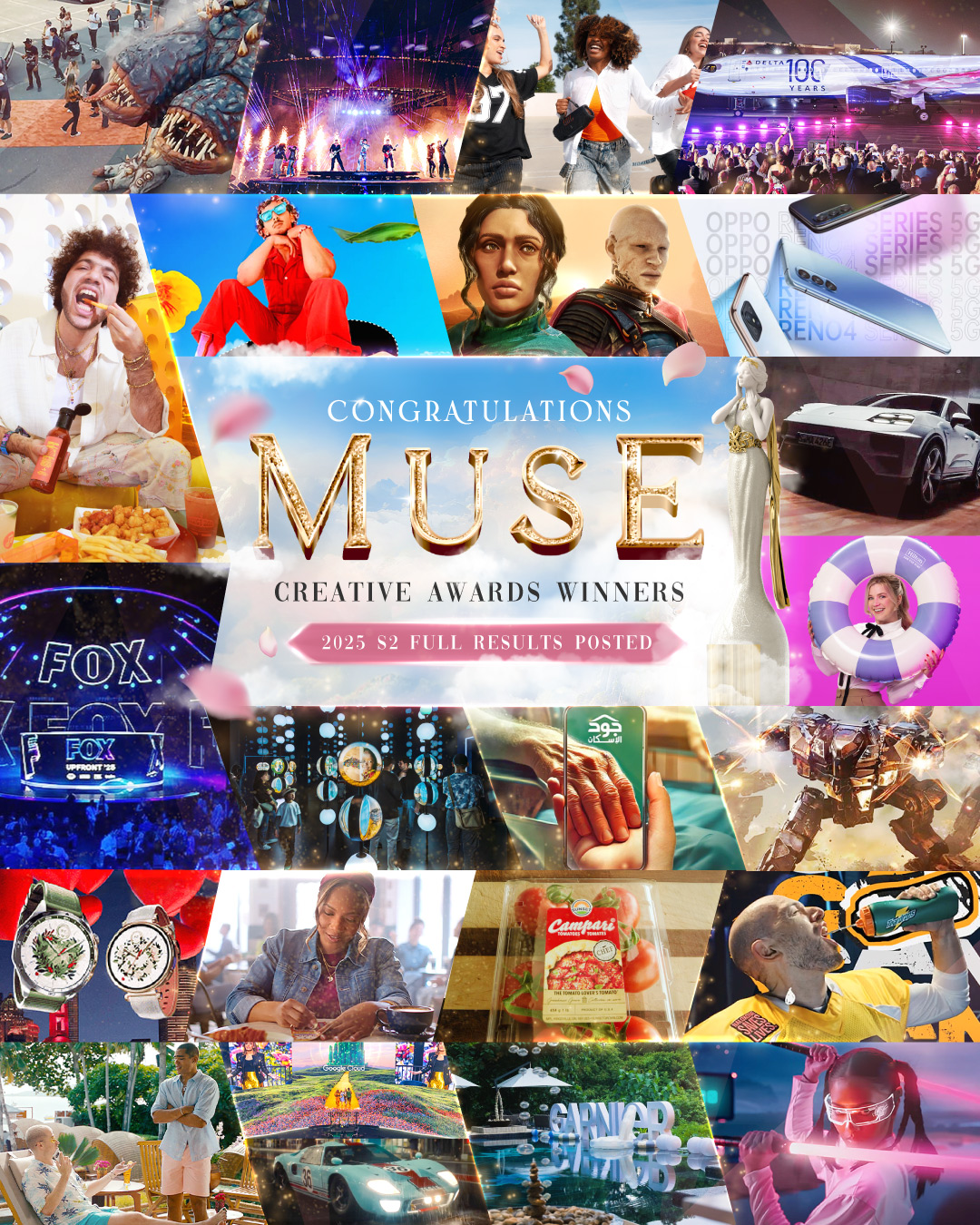
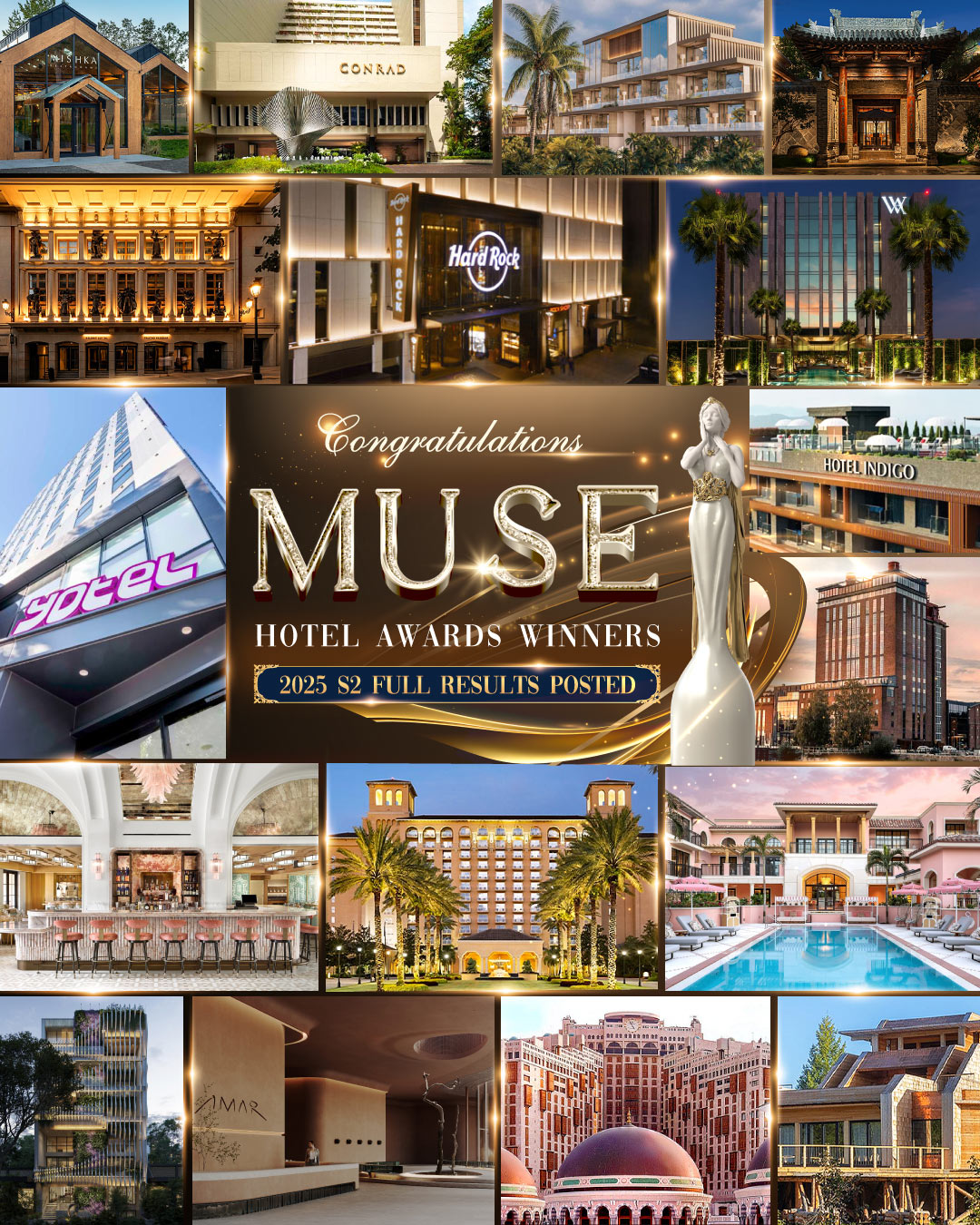
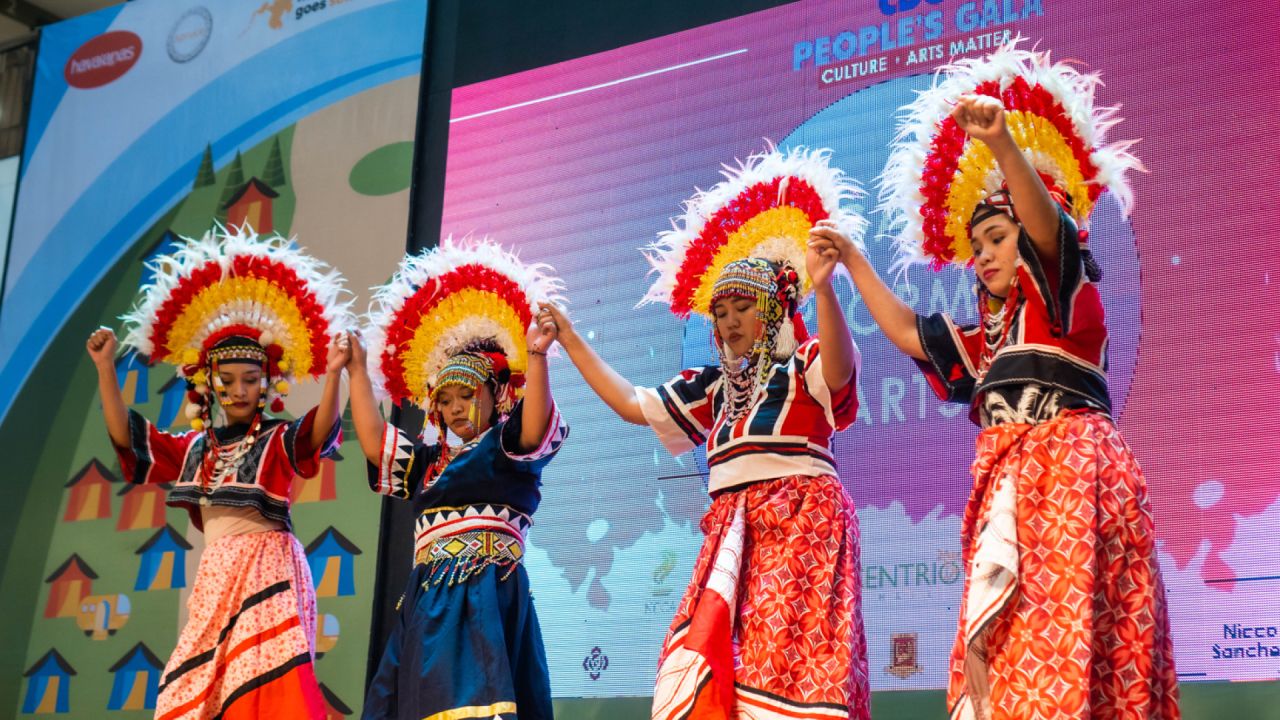
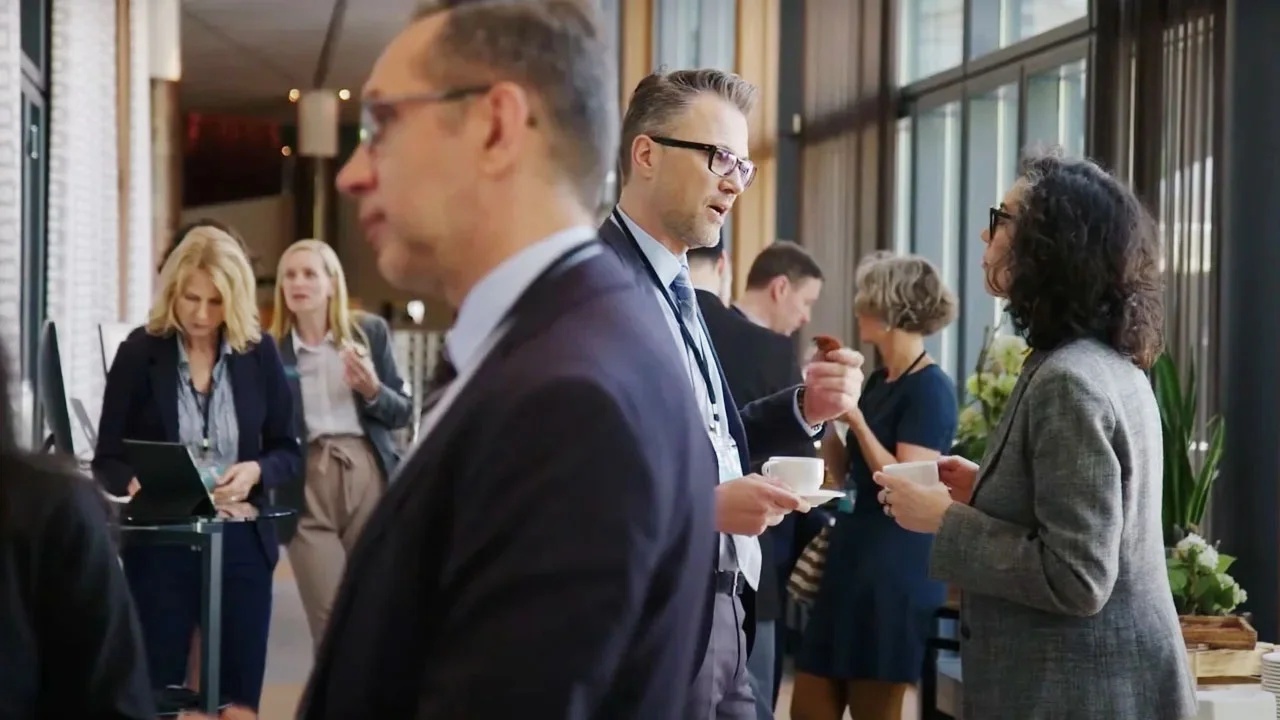
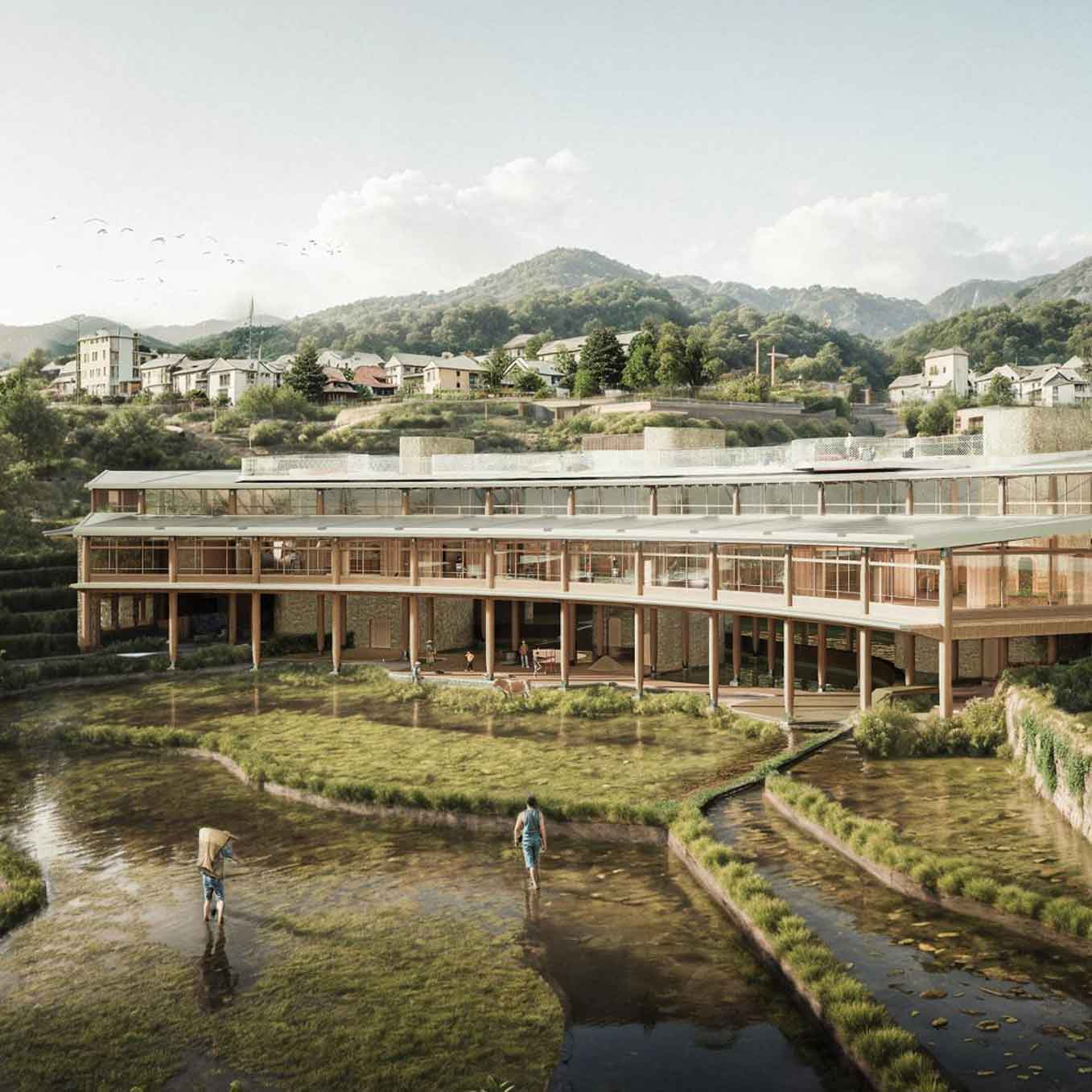
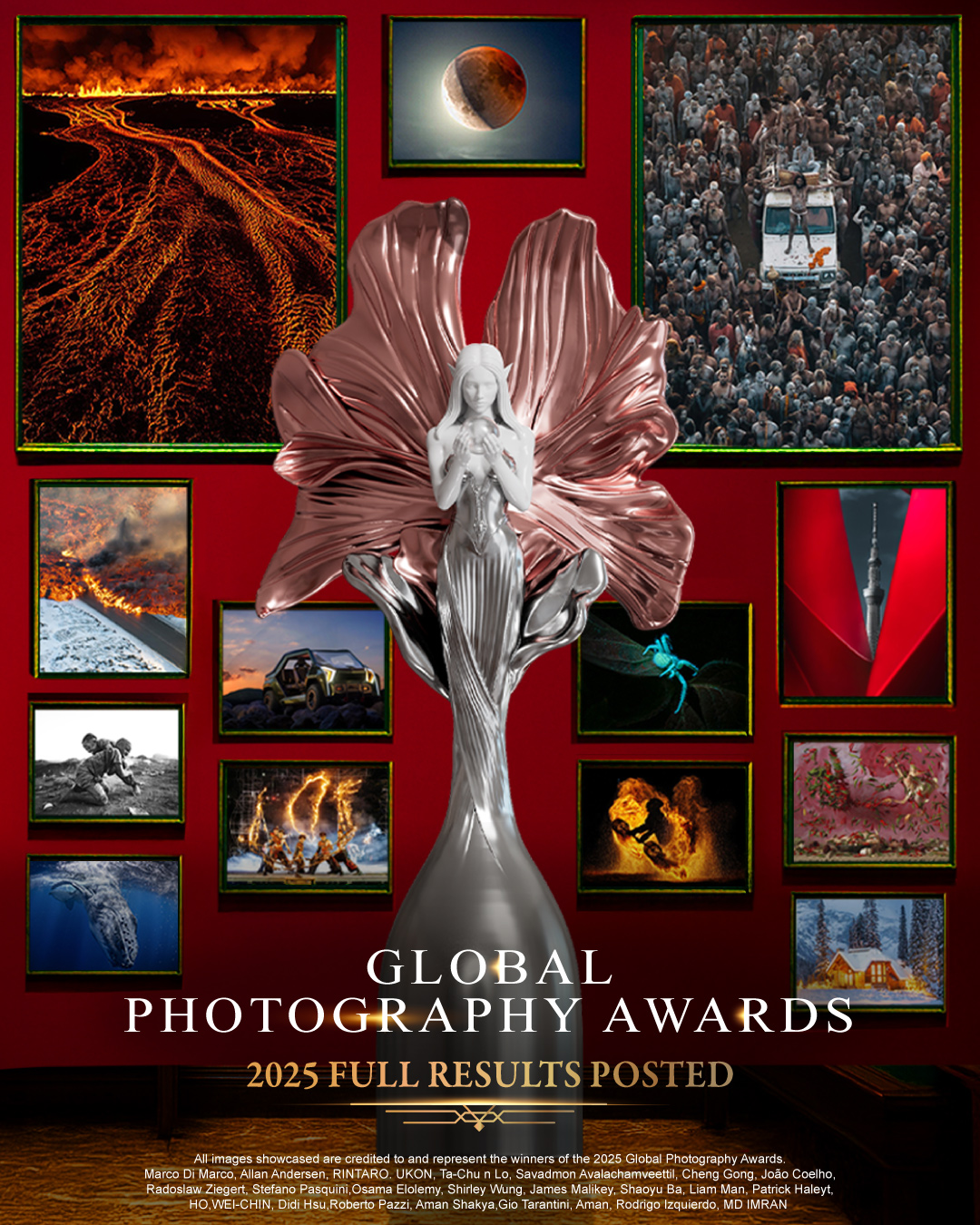
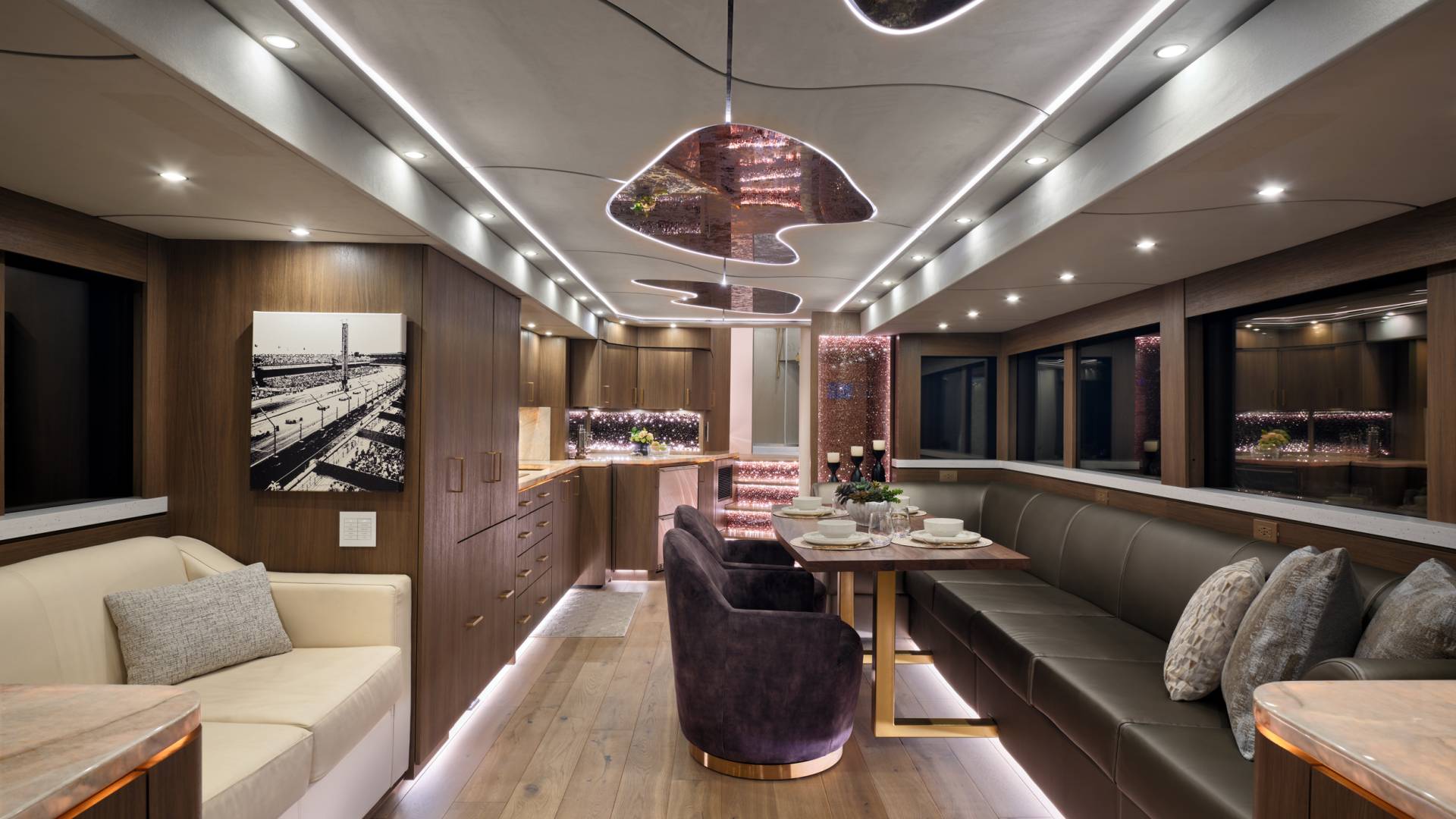
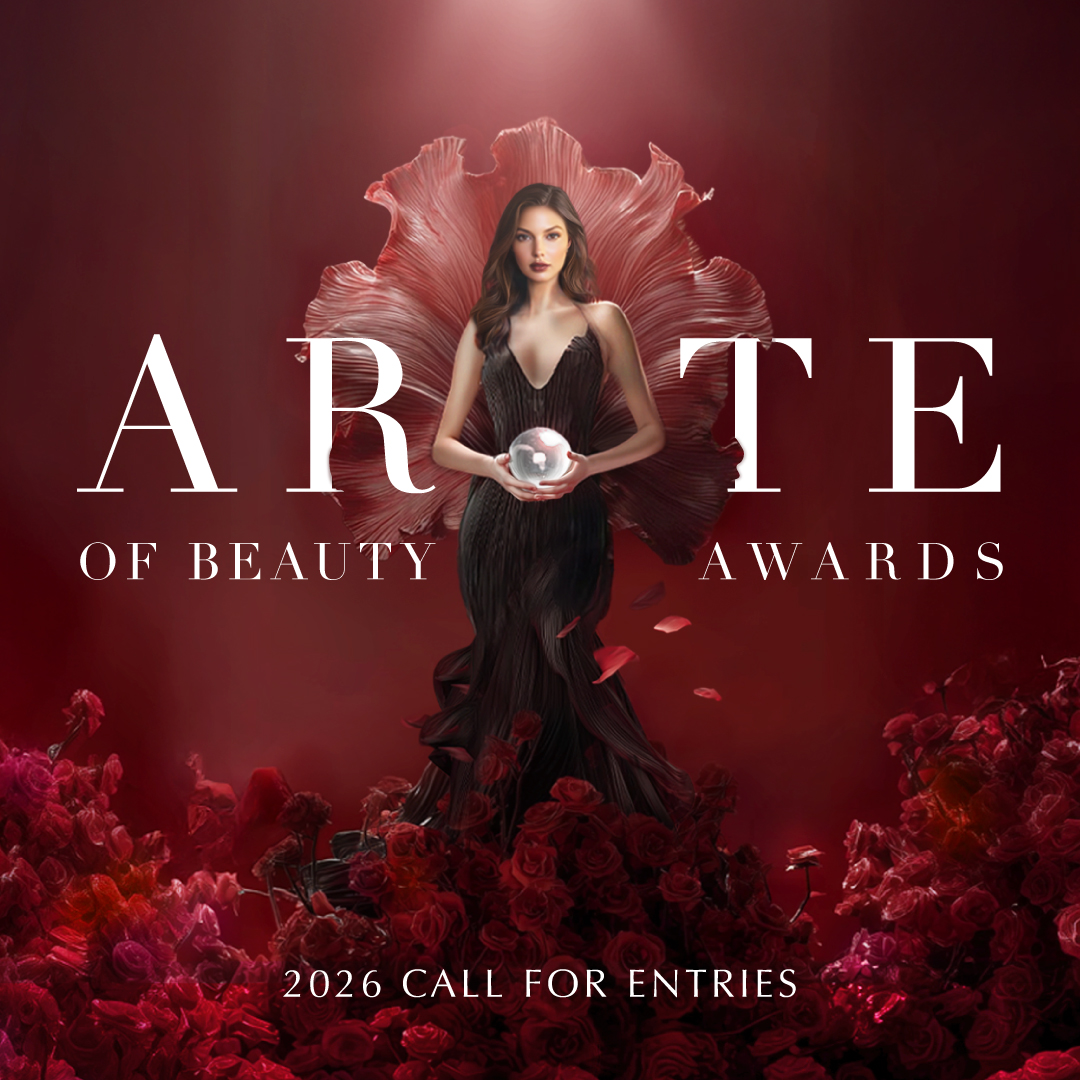
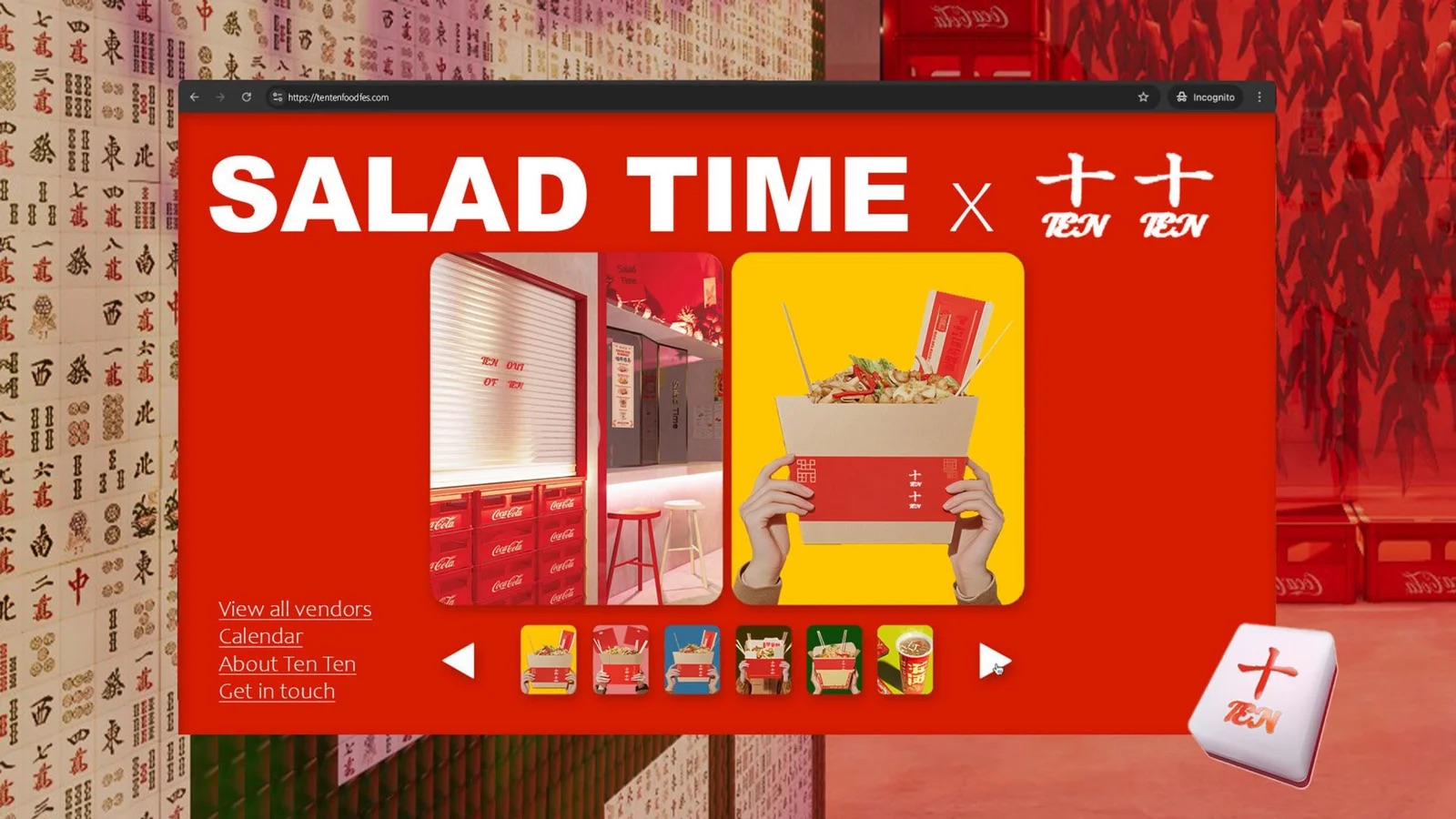
IAA GLOBAL AWARDS
MUSE Awards
Vega Awards
NYX Awards
TITAN Awards
- TITAN Business Awards
- TITAN American Business Awards
- TITAN Property Awards
- TITAN Women In Business Awards
- TITAN Health Awards
- TITAN Innovation Awards
- TITAN Brand Awards
NY Awards
- NY Product Design Awards
- NY Architectural Design Awards
- New York Photography Awards
- NY Digital Awards
LIT Awards
Noble Awards
Arte Collection
- Arte of Beauty Awards
- European Photography Awards
- iLuxury Awards
- French Design Awards
- French Fashion Awards
- Global Photography Awards
- Rome Design Awards
